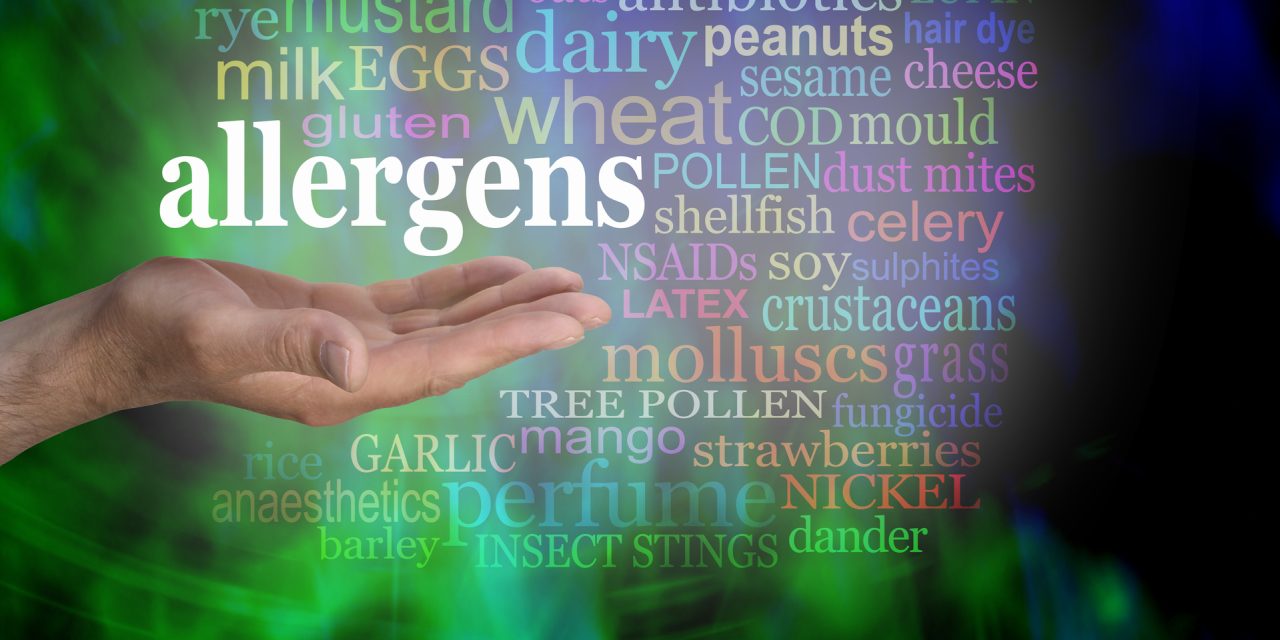Asthma is a heterogeneous chronic inflammatory disorder of the airways with a complex etiology, which involves a variety of cells and cellular components. Therefore, the aim of the study was to investigate the effects and mechanisms of antagonistic peptides that specifically bind to the first and second extracellular loops of CCR5 (GH and HY peptides, respectively) and anti-interleukin-23 subunit p19 (anti-IL-23p19) in the airway and thereby mediate inflammation and the IL-23/T helper 17 (Th17) cell pathway in asthmatic mice. An experimental asthma model using BALB/c mice was induced by ovalbumin (OVA) and treated with peptides that are antagonistic to CCR5 or with anti-IL-23p19. The extents of the asthmatic inflammation and mucus production were assessed. In addition, bronchoalveolar lavage fluid (BALF) was collected, the cells were counted, and the IL-4 level was detected by ELISA. The IL-23/Th17 pathway-related protein and mRNA levels in the lung tissues were measured, and the positive production rates of Th17 cells in the thymus, spleen, and peripheral blood were detected. The groups treated with one of the two peptides and/or anti-IL-23p19 showed significant reductions in allergic inflammation and mucus secretion; decreased expression levels of IL-23p19, IL-23R, IL-17A and lactoferrin (LTF); and reduced proportions of Th17 cells in the thymus, spleen, and peripheral blood. Specifically, among the four treatment groups, the anti-IL-23p19 with HY peptide group exhibited the lowest positive production rate of Th17 cells. Our data also showed a significant and positive correlation between CCR5 and IL-23p19 protein expression. These findings suggest that the administration of peptides antagonistic to CCR5 and/or anti-IL-23p19 can reduce airway inflammation in asthmatic mice, most likely through inhibition of the IL-23/Th17 signaling pathway, and the HY peptide can alleviate inflammation not only through the IL-23/Th17 pathway but also through other mechanisms that result in the regulation of inflammation.Copyright © 2020 Yingli Zhang et al.
Antagonistic Peptides That Specifically Bind to the First and Second Extracellular Loops of CCR5 and Anti-IL-23p19 Antibody Reduce Airway Inflammation by Suppressing the IL-23/Th17 Signaling Pathway.


